US officials say Russia 70% ready for ‘large-scale' invasion of Ukraine as troops move to Eastern Europe
The United States has once again claimed that Russia is preparing for a "large-scale" invasion of Ukraine and has deployed about 70 percent of the military capability required to carry out such an attack in the coming weeks.
Speaking in closed-door and classified briefings with members of Congress on Saturday, administration officials said Russia has assembled 110,000 troops along its border with Ukraine, but added that US intelligence could not ascertain if Russian President Vladimir Putin had actually decided to launch an invasion.
The officials claimed that the assembled Russian force on the frontier with Ukraine is growing at a rate that would give Moscow the military capability it needs for a full-scale invasion, which, as they estimated, would be some 150,000 soldiers by mid-February.
“If Russia does opt for a full-scale attack, the invading force could take the capital Kiev and topple President Volodymyr Zelensky in a matter of 48 hours,” the officials said. “Such an attack would leave 25,000 to 50,000 civilians dead, along with 5,000 to 25,000 Ukrainian soldiers and 3,000 to 10,000 Russian ones. It could also trigger a refugee flood of one to five million people, mainly into Poland.”
Ties between Russia and the US-led NATO have turned acrimonious over the situation around Ukraine, with Western countries accusing Moscow of preparing for an invasion of Ukraine by amassing thousands of troops and armaments near the border with that country.
Russia has adamantly rejected the allegation and said the troop build-up is defensive and in response to NATO’s eastward expansion and increased activity near Russian borders.
Since Friday, the Biden administration has started deploying new reinforcement troops to Eastern Europe even after it said Washington was no longer viewing a potential Russian invasion of Ukraine as “imminent.”
The US military's European Command said the first group of American troops, tasked with reinforcing NATO allies arrived in Germany.
President Joe Biden also ordered nearly 3,000 extra troops to Poland and Romania to shield Eastern Europe amid the escalating tensions with Russia.
The decision by Washington to drop the word "imminent" from its narrative came after the description drew anger from Kiev last week, with President Volodymyr Zelenskyy indicating frustration with the term.
On January 29, Zelenskyy criticized the Western states for stirring up panic by warnings of an imminent Russian invasion. He called on the West to avoid creating "panic" in the face of the Russian troop buildup on Ukraine's border.
The Biden administration has been leading attempts to build a united Western front against Russia, but the attempts have been wrought with divisions among the European allies and partisan bickering at home.
At the heart of the row is the US opposition to the Nord Stream 2 gas pipeline, a vast network of offshore natural gas pipelines that runs under the Baltic Sea from Russia to Germany.
Washington is anxious with the prospect of Europe growing more energy-dependent on Russia at a time when the US is trying to dominate the world market through its ramped-up oil and gas production as part of its "energy war."
Many analysts believe the US sees Ukraine as an opportunity to wean Europe off Russia's gas, which explains why Washington is stoking the tensions and pursuing a confrontational policy.
Russian President Vladimir Putin has already warned that the US is deliberately designing a scenario to lure Russia into a war over Ukraine.
The Kremlin has repeatedly reiterated that the expansion of the NATO military infrastructure in Ukraine constitutes a red line for Moscow and that any future expansion must exclude Ukraine and other former Soviet countries.
The US, Britain, and the European Union (EU) have already threatened to impose a range of harsh financial and economic sanctions on Russia if it attacks Ukraine.
Iran says expanding cooperation with China, Saudi Arabia in multiple fields
VIDEO | Israel-linked Lipton shuts operations in Turkey amid Gaza-linked consumer pressure
Israel has bombed Syria 600 times since HTS seized power: Report
Japan scrambles fighters to monitor Russia-China 'show-of-force' patrol
US fighter jets fly over Gulf of Venezuela in new escalation
New leader of Israeli-backed militia in Gaza tied to Daesh: Report
VIDEO | Displaced Palestinians seek fragile alternatives to support their tents
VIDEO | Press TV's news headlines


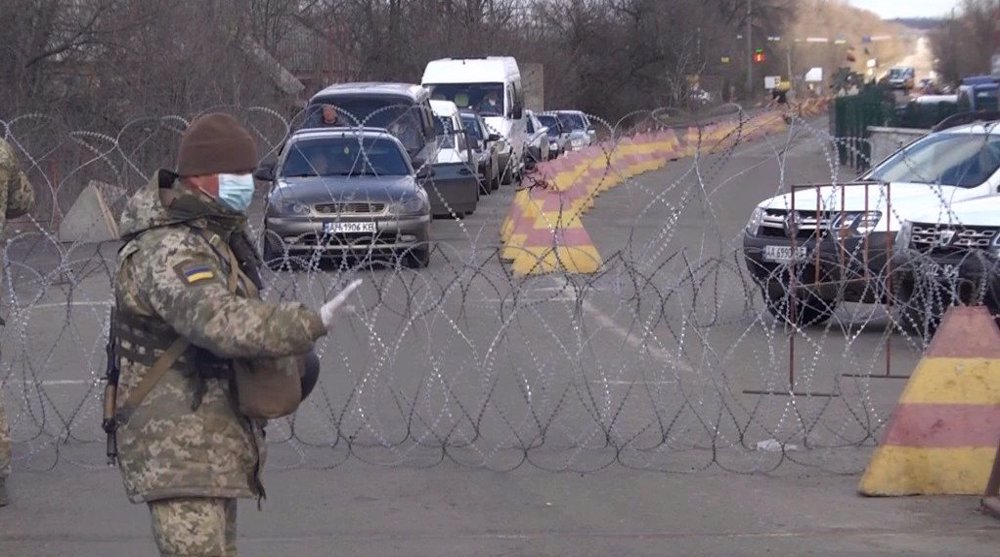
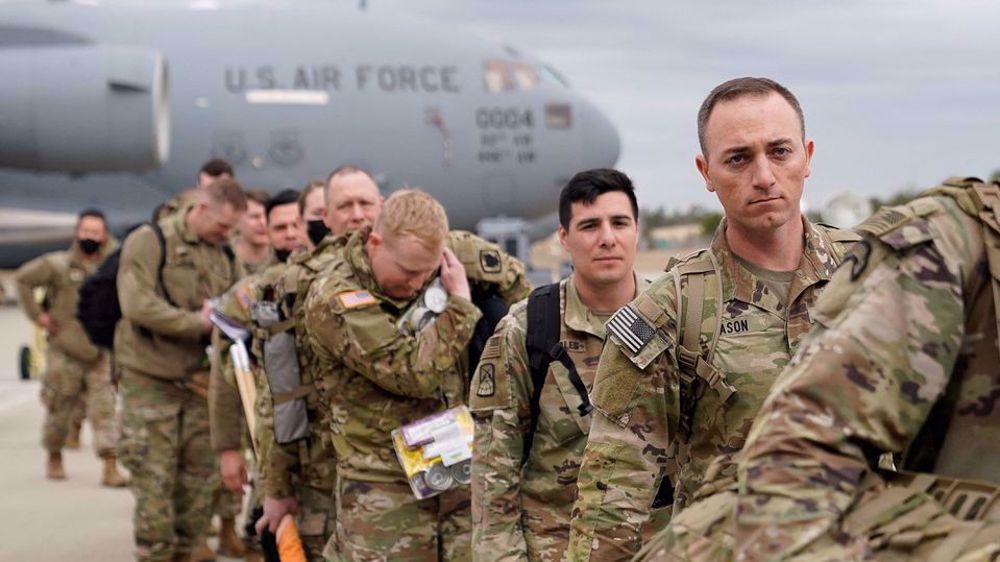

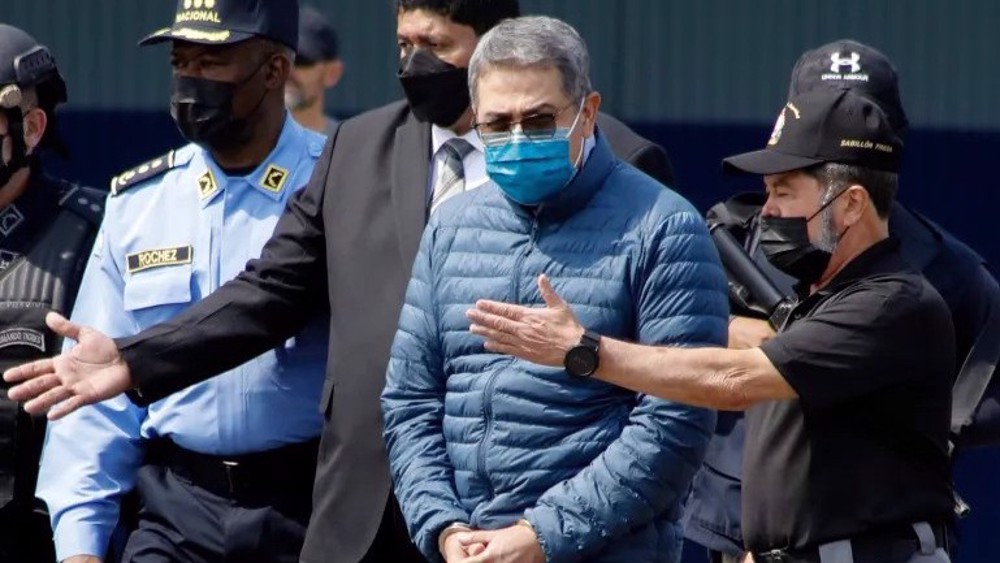
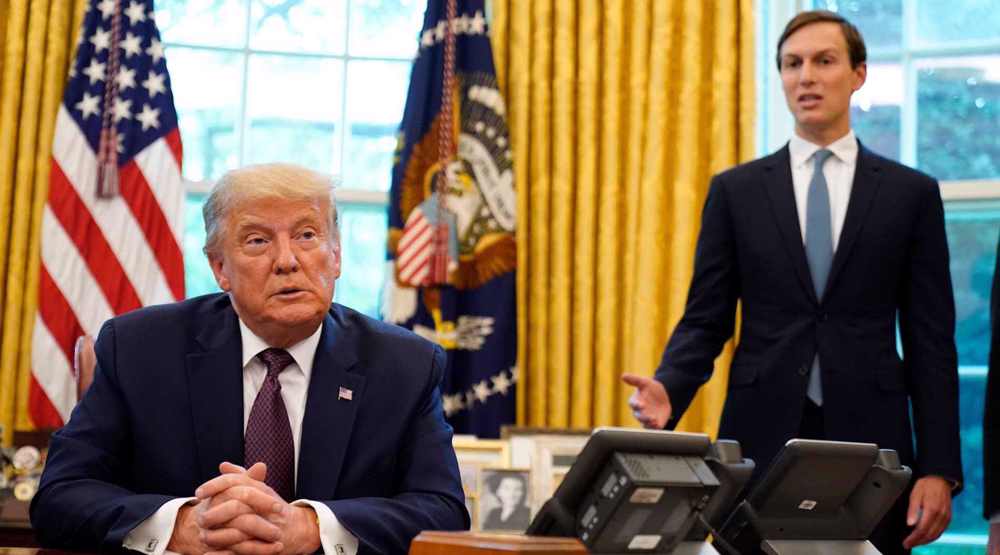
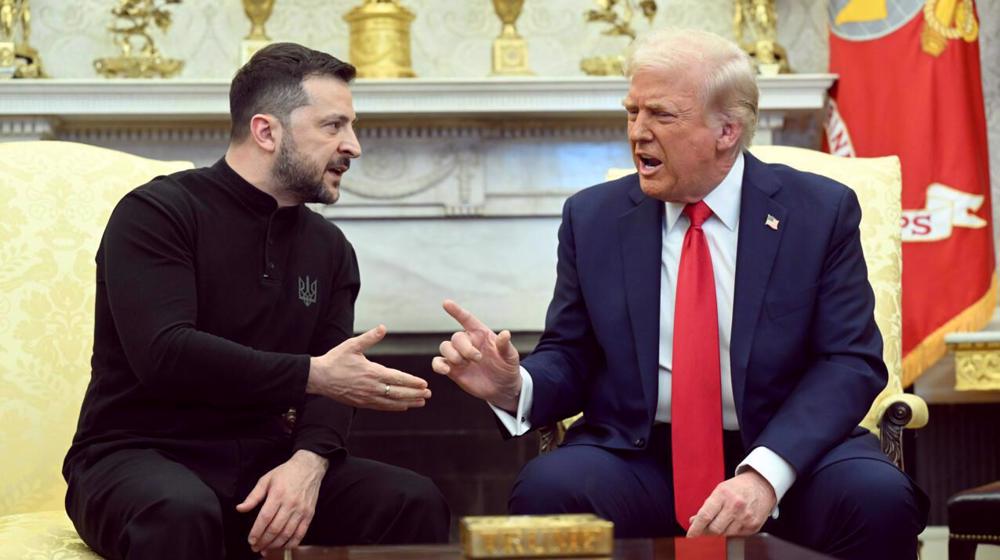




 This makes it easy to access the Press TV website
This makes it easy to access the Press TV website